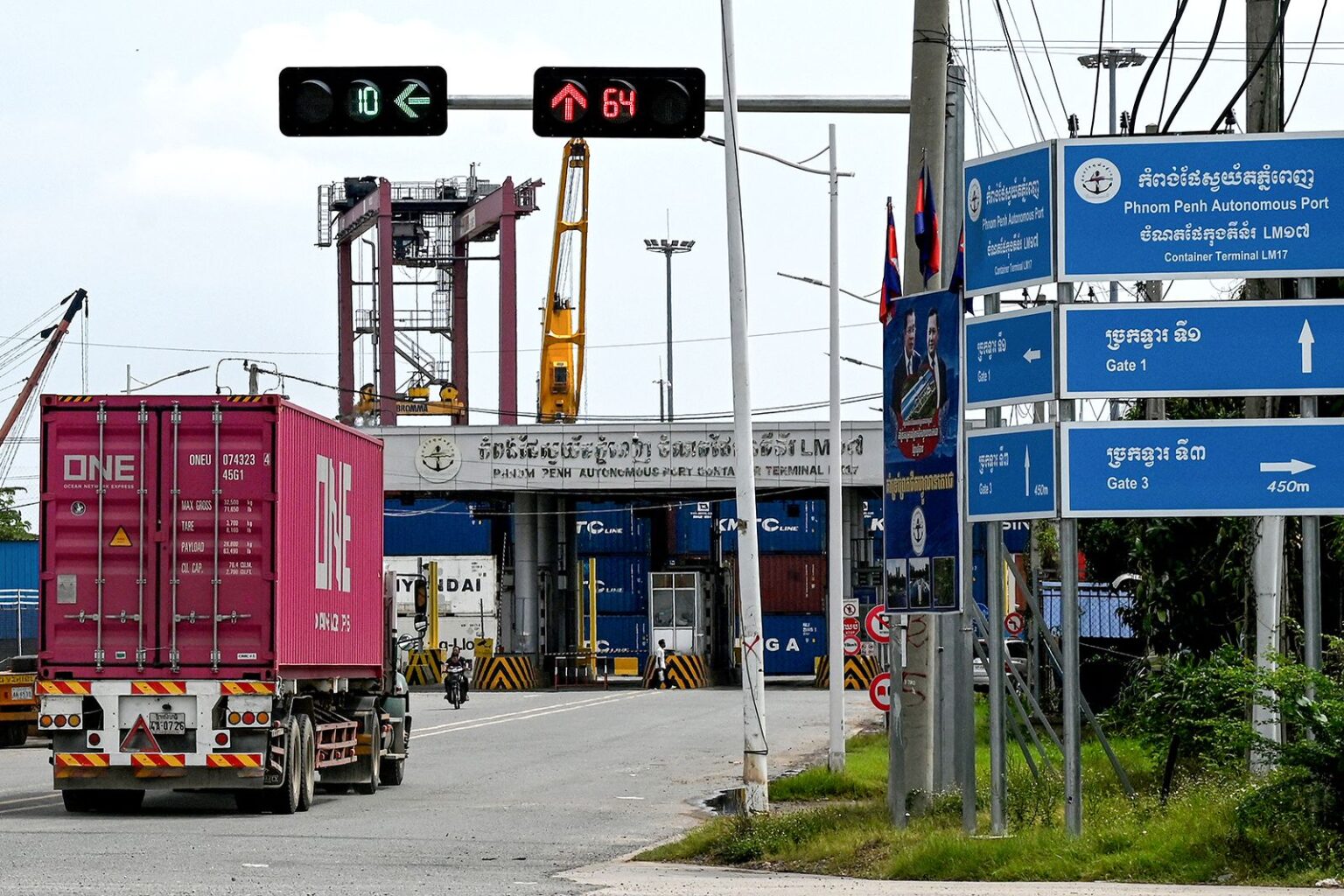For Tim Hsu, who sells modern lamps and ceiling lights mostly to American customers, US President Donald Trump’s historic tariff announcement has upended his carefully made plans.
Last year, the Taiwanese businessman decided to invest in Cambodia to diversify his production base beyond his traditional stronghold of south China. He was preemptively hedging against the risk of possible higher tariffs on China during Trump’s second term.
But Wednesday’s announcement of an unexpectedly harsh levy on all US imports from Cambodia, the highest rate in Asia and second-highest globally, has changed everything.
For now, his next move remains uncertain as questions linger over whether the steep tariff will stay.
The Cambodian government took action Friday to stave off the levy by lowering its own tariffs on a range of American goods, including motorcycles and cars. “Cambodia requests to the US government to establish a negotiation mechanism and extend the deadline of the tariffs implementation,” Commerce Minister Cham Nimul said in a letter addressed to United States Trade Represe
Pulling out of Cambodia is relatively easy for Hsu because the investment is still in an early stage. But for many other companies with long-established factories employing thousands of workers in the country, one of Asia’s poorest, the tariff news is nothing short of devastating. And it’s not alone.
Many countries in Southeast Asia and South Asia — including Laos, Vietnam, Myanmar and Sri Lanka — were hit by tariffs of over 40%, which could cripple their export-reliant and extremely vulnerable economies.
For more than 15 years, they had been benefiting from global investors looking for alternatives to China’s efficient supply chains, which were gradually getting more expensive.
US-China tensions and the Covid-19 pandemic in recent years have accelerated the trend. Labor-intensive industries — from garments to footwear and lower-end electronics manufacturing and assembly — have subsequently become a major driver of these countries’ economic growth.
Some had already struggled with the fallout from Trump’s funding freeze of USAID, which provides humanitarian assistance to a region particularly susceptible to natural disasters.
Ahmed Albayrak, a research associate at the Sydney-based Lowy Institute’s Indo-Pacific Development Centre, said Trump’s tariffs will hit Cambodia, a garment production powerhouse, the hardest among all Southeast Asian countries given its major export of apparel and footwear products to the US.
While it has seen impressive growth over the last decade, Cambodia remains one of Asia’s poorest nations. The country of roughly 17 million people is still recovering from its turbulent recent history, including a secret US bombing campaign during the Vietnam war as well as the genocide perpetrated by the Khmer Rouge, the brutal government ousted in 1979.
At least 1.7 million people, nearly a quarter of Cambodia’s population then, were killed by execution, disease, starvation and overwork under four years of their rule and the legacy of that trauma still echoes today.






